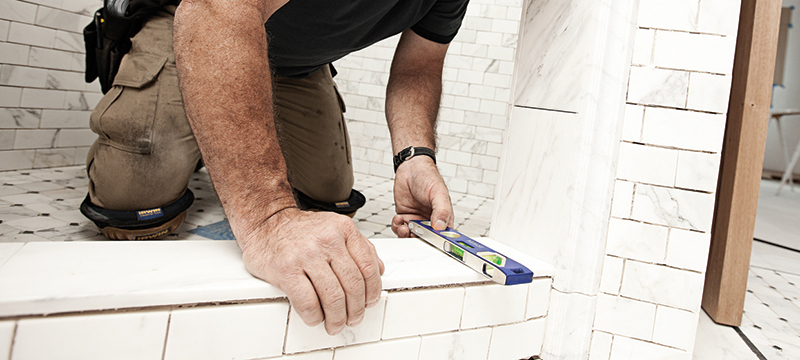What Is A Sump Pump?
The purpose of a sump pump is to remove water that accumulates in a basin-like area known as a sump. These areas may be found in the crawlspace, but they’re commonly found in the basement of a home or other structure. The water may come from nearly any source, including perimeter drains used in basement waterproofing, water funneling into the cellar, or natural sources such as rain or a spring. Today we will talk about how to install a sump pump and some of the necessary tools and materials.
Tools You May Need
As with any project, you will need a few specific tools to install a sump pump. Double-check your toolbox to make sure you have everything you need before you begin the installation process.
- Black Marker to mark the hole size on the concrete floor
- A hole saw to cut through the wall
- Demolition Hammer to get through concrete fast
- Pipe cutter to cut various pieces of pipe as needed
- Shovel to dig a hole for the sump pump
- Bucket to haul out dirt or carry gravel as needed
Materials You May Need
You will also need a few specific materials to install the sump pump. Our list is a pretty generalized list of things you should have.
- Pressurized Fittings
- Pipe fittings
- Silicone Sealant
- J Hooks
- Check Valve
- Concrete
- Trowel
- Corrugated Pipe
- PVC Pipe
- Gravel
- Wire Ties
- Filter Fabric
- Sump Basin
- Sump Pump
Install the Sump Pump
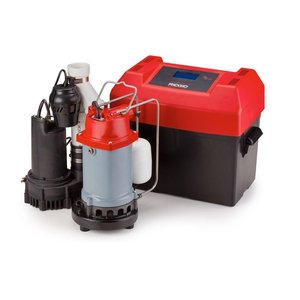
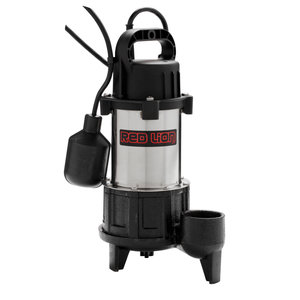
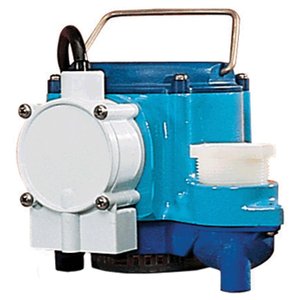
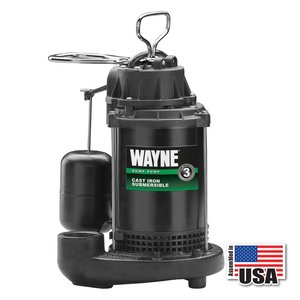
Get ready to install the sump pump after you’ve collected the tools and items you may need. Our list isn’t comprehensive, as every job is a little different, but if you have the things we listed here, you should be prepared for nearly anything that could go wrong. Here’s our step-by-step guide for installing a sump pump:
- Locate the Sump Pump Installation Area: The perfect location to install the sump pump is where water collects and near a GFCI outlet. GFCI outlets are required when you’re working near water with electricity. It’s a safety precaution that every contractor should use. Have an electrician install a GFCI outlet if there is not one nearby.
- Mark a Hole Size: If you’re installing the sump pump in a basement with a concrete floor, use the sump basin to mark a hole size. Turn the basin upside-down and trace an outline of the opening onto the concrete floor using a Sharpie.
- Dig a Hole: Use the demolition hammer to quickly get through the concrete. Dig a hole to put the sump basin into. The hole should be deep enough to cover the sump basin fully.
- Wrap the Sump Basin: Wrap the sump basin with filter fabric to prevent sediment from the muddy water from entering the basin and clogging up the sump pump.
- Place the Sump Basin: Place the sump basin in the hole. Ensure the fabric is wrapped around the bottom and all sides as the basin goes in.
- Pour Gravel: Pour about three inches of gravel into the sump basin. This will act as a base for the sump pump and a water collection and filtration system.
- Place the Sump Pump: Place the sump pump into the basin on top of the paper.
- Connect the Check Valve: Connect the check valve and PVC to the pump.
- Direct the PVC Pipe: Run the PVC pipe to a nearby wall.
- Drill a Hole: Use the hole saw to drill a hole the size of the PVC pipe through the wall.
- Run the PVC Outside: Put the PVC pipe through the hole and extend it several inches.
- Silicone around the Pipe: Prevent cold air, insects, and rodents from entering the home by filling in the area around the pipe with silicone.
- Place the cover over the sump basin.
- Mix concrete to fill the area around the top of the sump basin to make it look neat and tidy.
- Plug in and Test the Sump Pump: Pour water into the basin and make sure the sump pump works.
Additional Steps You May Take
We obviously don’t want to leave the PVC pipe sticking out of the home a few inches and allow the water to drain back toward the foundation. Once you’re sure the sump pump is working properly, you need to address the water flow issue. Most contractors dig a trench and lay pipe several feet from the home’s foundation to allow the water to drain into the lawn or somewhere that the water can be absorbed into the ground.




